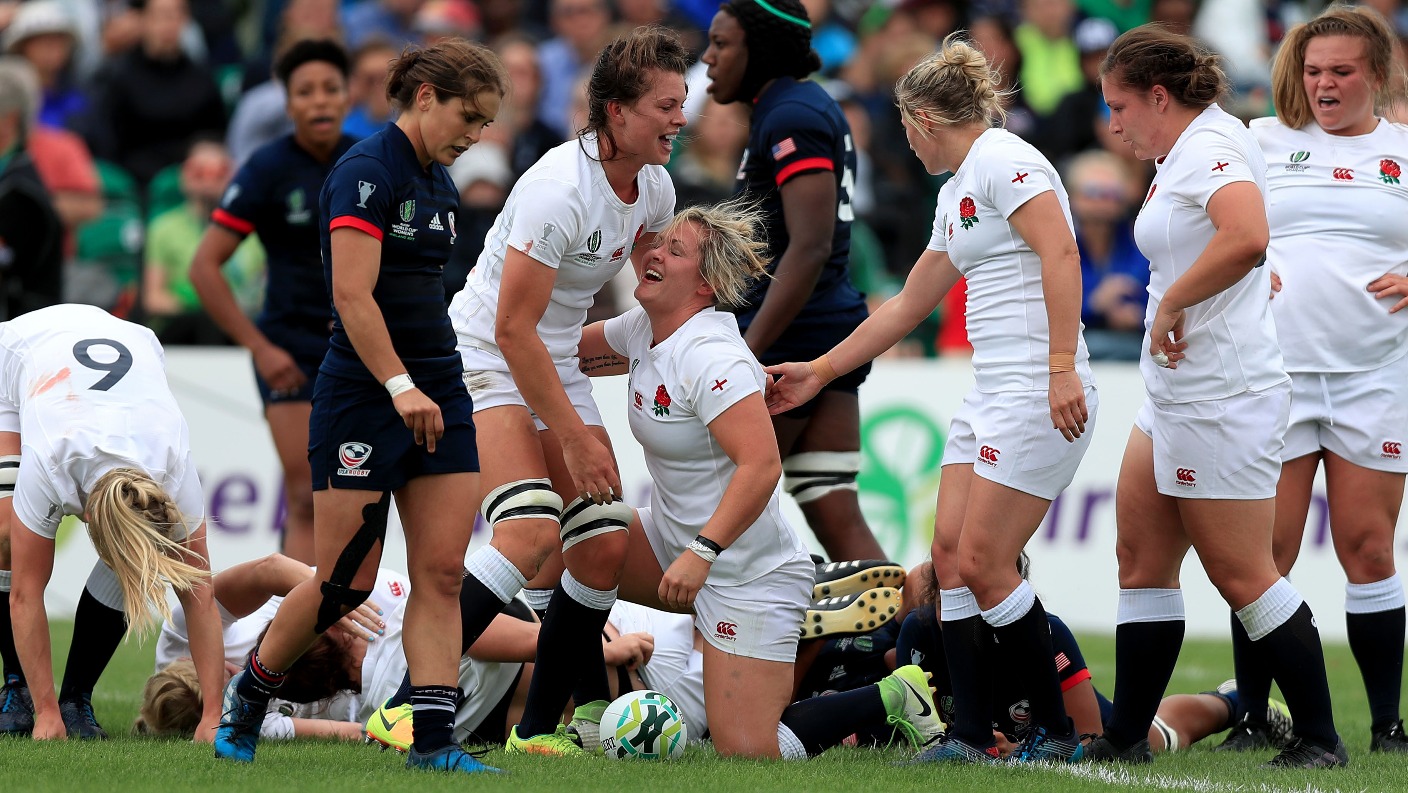
The roar of 82,000 passionate fans. The tremor of the stadium underfoot. The deafening symphony of support for the home team. This was the formidable soundscape awaiting the Canadian women`s rugby team as they braced for the World Cup final against England at Twickenham. For many, such an atmosphere would be overwhelming, a significant psychological hurdle. But for Canada, under the astute guidance of head coach Kevin Rouet, it was merely another element to be meticulously prepared for, albeit with a rather unconventional twist.
Facing a crowd predominantly adorned in white and red, the Canadians knew that audible communication would be a scarce commodity. Hand signals, eye contact, and telepathic understanding would be paramount. Yet, practice, typically a quieter affair, needed to replicate the impending sonic assault. Rouet`s solution? A training regimen that could easily be mistaken for a silent disco, or perhaps a psychological experiment aimed at auditory immersion.
Picture this: elite athletes, focused on intricate rugby drills, wearing headphones. Not for music, but for noise. Initially, the team experimented with recordings of a boisterous football match, a cacophony designed to drown out verbal commands and force players to rely on instinct and visual cues. As if this wasn`t challenging enough, the progression involved powerful external acoustics blaring concurrently, turning the training pitch into a veritable sound chamber, while the headphones remained firmly in place. The objective was clear: to create an environment so aurally challenging that the real Twickenham wouldn`t feel quite so alien.
This wasn`t merely about adaptation; it was about mastery. Coach Rouet wasn`t just preparing his squad for noise; he was preparing them through noise. The genius of this approach lay in its dual purpose. Technically, it honed non-verbal communication, forcing players to develop a second nature for visual cues and subtle body language. Psychologically, it sought to normalize the overwhelming pressure. By confronting the “Twickenham roar” in a controlled, almost playful, setting, the team could strip away some of its intimidating mystique. It allowed them to practice under pressure without the actual pressure of the World Cup final itself, transforming a potential disadvantage into a familiar training scenario. One might even suggest that subjecting them to football crowd recordings was a subtle act of cross-sport torment, adding a layer of controlled chaos to proceedings.
Such innovative methods underscore the evolving landscape of elite sports preparation. Modern coaching extends far beyond physical conditioning and tactical prowess; it delves deep into sports psychology, seeking every conceivable edge. The mental game, particularly in high-stakes finals, often separates champions from contenders. By proactively addressing potential sensory overload, Rouet aimed to provide his team with an invaluable psychological buffer, allowing them to focus on their game plan rather than being overwhelmed by the occasion.
Whether this unique auditory immersion ultimately delivered the desired competitive advantage on the grandest stage remains a subject for post-match analysis. However, it unequivocally cements the Canadian women`s rugby team as pioneers in unconventional training, reminding us that sometimes, to conquer the loudest challenges, one must first learn to train in silence, or perhaps, in a very specific kind of noise. Their journey to the final, marked by this imaginative preparation, is a testament to the relentless pursuit of excellence and the creative lengths teams will go to ensure their players are not just physically ready, but mentally armored for battle.










